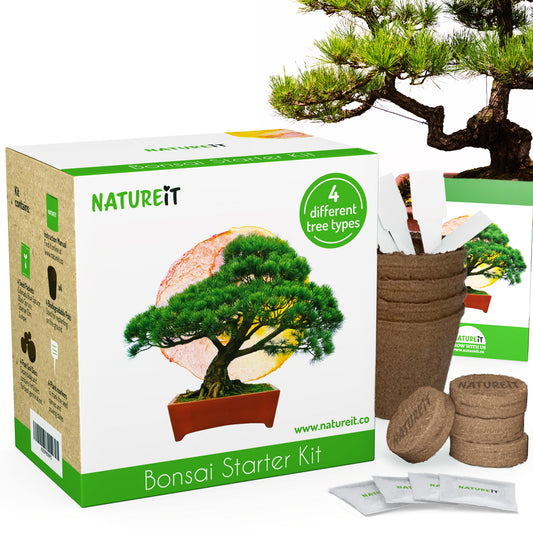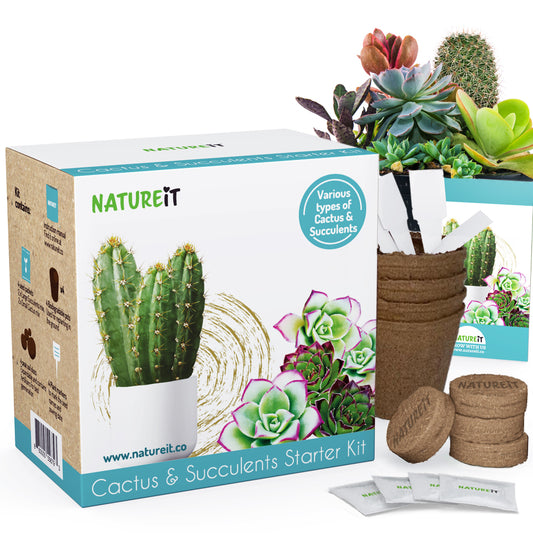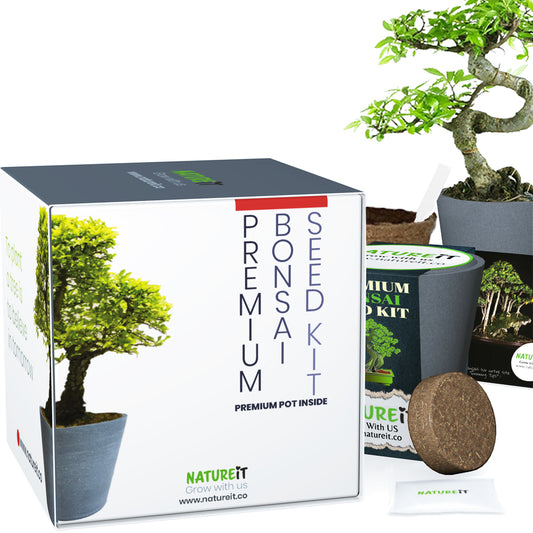One of the first things that catches your eye when you first look at a Bonsai tree is obviously its trunk. Having a well designed and cared for trunk is one thing that every bonsai caregiver is aiming for.

In this article we will go over some of the main features of handling the tree's trunk: Tapering, creating Root Flare (Nebari), Thickness and Overall trunk shape.
Creating a beautiful Bonsai Trunk
The Nebari (Root Flare)
Root Flare, or in Japanese - Nebari, is important in providing a Bonsai with a well-balanced trunk appearance.
Nebari For more detailed information on creating Root Flare please refer to our blog post article on root flare.
Tapering
Tapering is achieved when the base of the trunk is thinker than its top. When growing a Bonsai tree from seed, it might take time, but ultimately it'll be much easier to achieve that desired look for the trunk. Otherwise it will be possible to achieve minor changes by using the following techniques:
Thickening part of the Bonsai trunk
As any Bonsai caregiver knows, patient is a virtue when caring for your tree. Doing this will take time to get results - so be patient. You may only start seeing changes only after a year or even two. In this technique you will need to prune the entire tree except of the branches above the thin part of the trunk. By doing so, you allocate the tree's growth to the branches that are just above the thin part of the trunk and increase the flow of nutrients to that area, making it grow thicker.
Thinning part of the trunkIf your tree is already grown and with thick enough trunk, and you want to save time and not wait a year or two before starting to see any change in the trunk's base thickness, you may conceal the thick point by creating a Jin or Shari instead. These are techniques of creating deadwood and you may read more about it in our blog in the article on creating Bonsai Deadwood.

Base of trunk is thicker than top, which makes the tree looks very mature.

Thickness
As said before, the more thick and funky the trunk of the tree will be, the more old and unique it will look. The only way for to make the trunk grow thicker is to let it grow free in a large container, and wait.. It may take several years until you get the desired look and thickness you were aiming for, depends on your tree's growth rate and speed. When you reach that thickness, you can start training it and place it in a small pot.
Another way to thicken a trunk is by growing sacrifice branches. These are small branches, growing at the base of the trunk, thickening it, often growing leaves, that are left un-pruned for the whole time when you are trying to thicken your trunk. Once you've reached the desired trunk thickness you can prune these small branches.
Overall shape
If buying a Bonsai tree, it's important to take the shape of the trunk into account, as it will be almost impossible to bend and shape a trunk once it reached a certain thickness and size. When growing your Bonsai tree from seed, it might take longer, but you will be able to achieve the best results that fits the Bonsai you always imagined!
Happy Growing!





